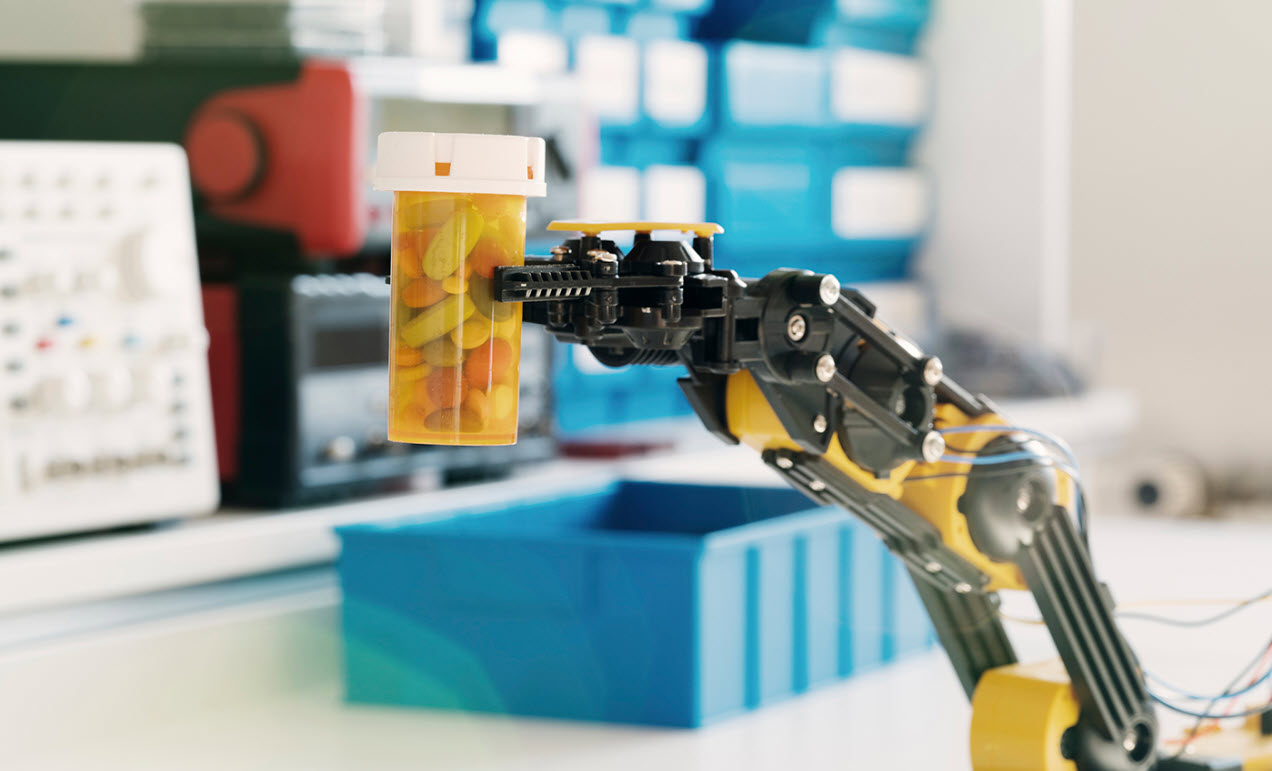In brief
With Decree dated 29 April 2022, published in the Official Gazette on 24 May 2022, the Ministry of Health approved the organizational guidelines on the “Digital model for the implementation of home-care” (“Guidelines“). The Guidelines set out a reference model for the implementation of various telemedicine services in the home-care setting, through the identification of innovative processes for taking care of patients at home and the enhancement of multi-professional and multidisciplinary collaboration between the various professionals.
Key takeaways
- Among the telemedicine services that could be implemented in the framework of home-care, the Guidelines identify and regulate the “Televisit”, understood as the medical act whereby the doctor interacts remotely with the patient and this might result in the prescription of drugs, or further clinical investigations. Televisit is limited to control activities of patients whose diagnosis has already been formulated during an in-person visit. The Guidelines also identify the “Medical Teleconsultation”, defined as the medical act through which the healthcare professional interacts remotely with one or more doctors to discuss, also via video call, the patient’s clinical situation, based primarily on the sharing, by telematics means, of all clinical data, reports, images, audio-video concerning the specific case; the “Medical-Health Teleconsultation”, a healthcare activity, not necessarily medical, carried out remotely by two or more persons and consisting of the request for support during the performance of healthcare activities, followed by a video call in which the healthcare professional provides instructions for making clinical decisions and/or carrying out the correct performance of health activities on the patient; and “Tele-assistance”, which is based on the remote interaction between the healthcare professional and the patient/caregiver by means of a video call, and which may be accompanied by the sharing of data, reports or images.
In addition to the above-mentioned services, the Guidelines also deal with “Telemonitoring”, which allows the remote detection and transmission of vital and clinical parameters on a continuous basis, by means of sensors interacting with the patient; “Remote patient monitoring”, which allows the remote monitoring of the patient; and “Telerehabilitation”, consisting in the remote provision of services aimed at enabling, restoring, improving, or otherwise maintaining the psychophysical functioning of persons with disabilities or disorders, or those at risk of developing them.
In general, essential requirements for the activation of the home-care pathway supported by telemedicine tools include the patient’s adherence to the same home-care pathway, the suitability and training of the patient, and the structural suitability of the living environment related to the clinical situation, also in relation to the use of the equipment.



